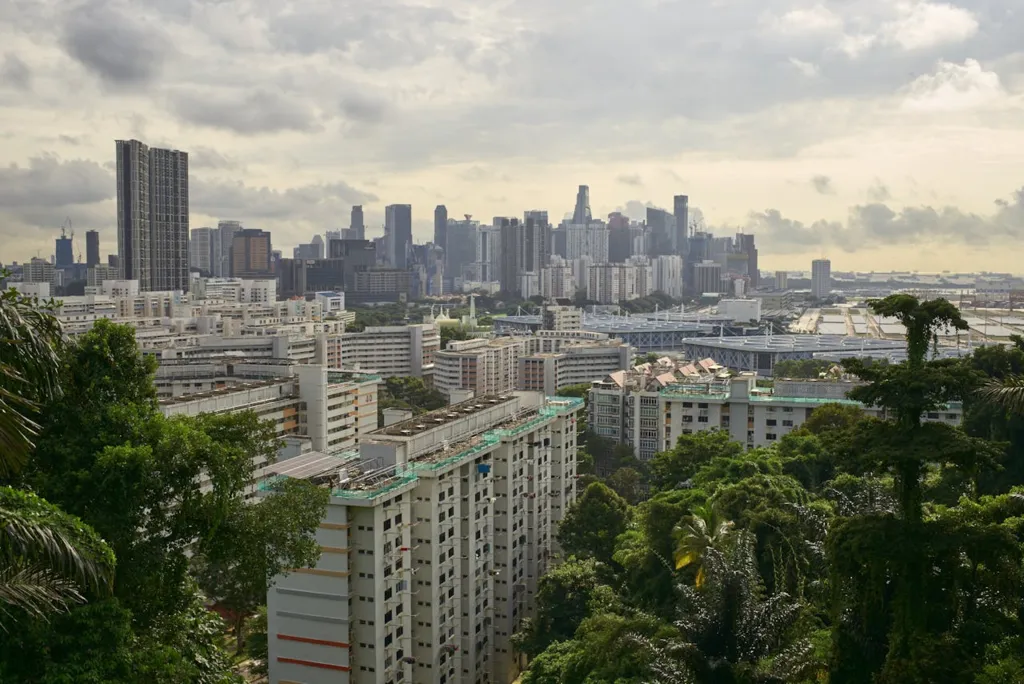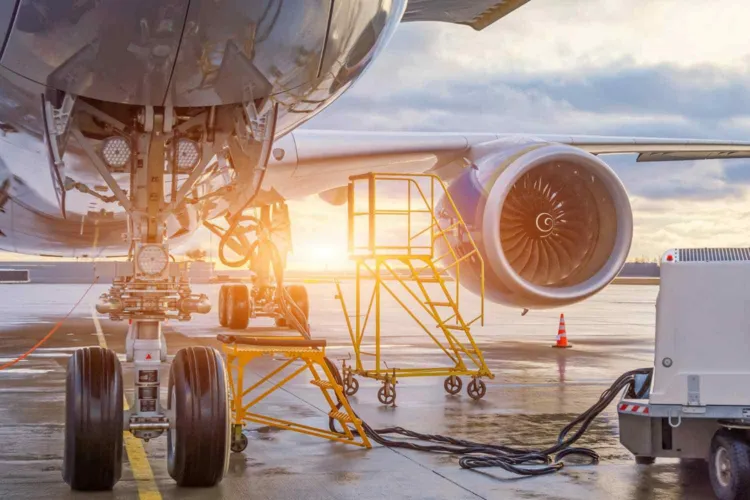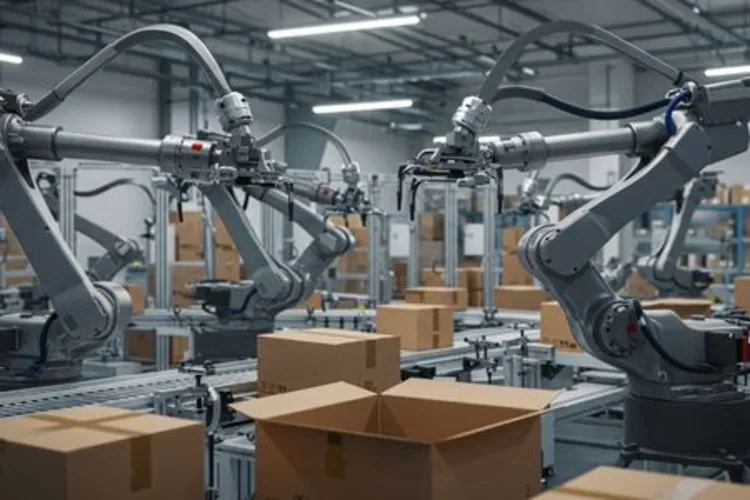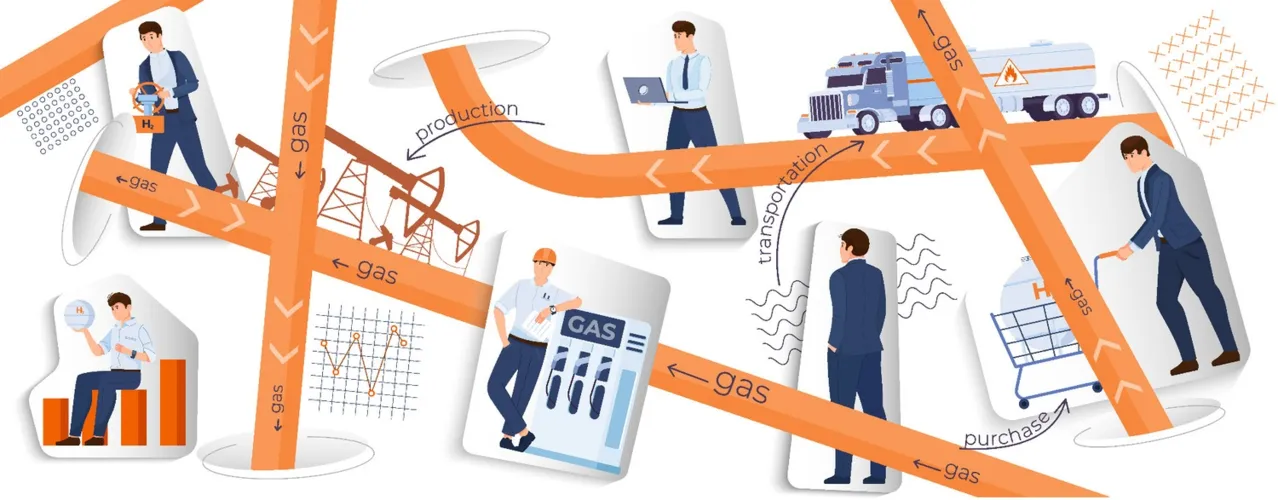Lifecycle Thinking: From Materials to Operations
Buildings account for nearly 40% of global CO₂ emissions when including both operational energy use and embodied emissions from construction materials. In Southeast Asia, where the built environment is expanding rapidly, this presents both a challenge and a major opportunity.
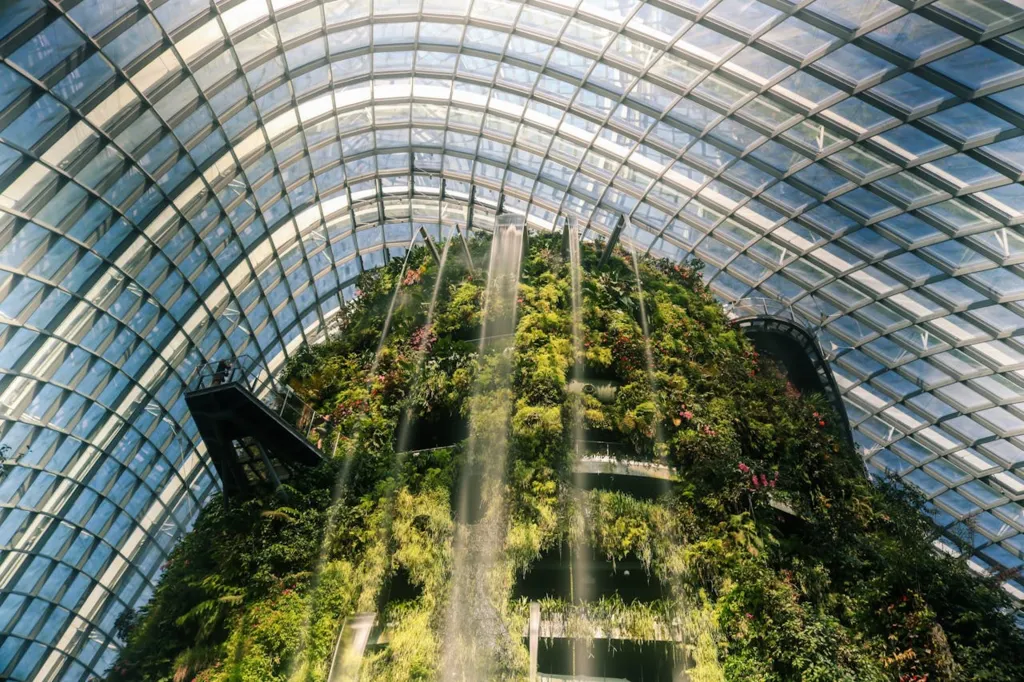
Innovations reducing full-lifecycle emissions include:
- Low-Carbon Materials: Green cement, bamboo composites, cross-laminated timber (CLT), and recycled steel. These can reduce embodied carbon by 20–50%.
- Modern Construction Methods: Prefabrication, modular design, and 3D printing cut waste by up to 40%, shorten build time, and improve resource efficiency.
- Retrofitting vs. Demolition: Building upgrades can reduce emissions by two-thirds compared to rebuilding, with lower costs and disruption.
Example: Keppel Bay Tower (Singapore) retrofitted to Super Low Energy standard achieved ≈30% energy savings with minimal cost.
Digital-Driven Sustainability: Smart Technologies
The shift toward smart, sustainable buildings goes beyond insulation and solar panels. Integrated technologies now manage water, waste, energy, and transport systems in real-time.
Key digital innovations:
- IoT-Enabled Building Management Systems (BMS) — improving energy efficiency by 15–30%.
- Digital Twins — simulate urban energy, mobility, and climate scenarios before construction.
- AI-Optimized Waste & Water Systems — automate collection, recycling, and stormwater management.
- Decentralized Energy Platforms — manage rooftop solar, batteries, and microgrids for resilience.
Example: Punggol Digital District integrates district cooling, AI-enabled traffic management, and smart lighting — a model for smart green precincts.
Global Policy Frameworks That Work
OECD – Global Monitoring of Policies for Decarbonising Buildings
The 2023 OECD review shows that countries are increasingly adopting:
- Whole-life carbon standards (not just operational efficiency)
- Mandatory energy performance certificates (EPCs)
- Stricter building codes for both new builds and renovations
These help drive market transformation and transparency — critical for institutional investors and green finance.
Energy Transitions Commission – Achieving Zero Carbon Buildings
Recommends that future-ready buildings be:
- Electric (powered by renewables)
- Efficient (passive design, high insulation)
- Flexible (grid-responsive)
Key tools include minimum standards, mandatory retrofitting, and fiscal incentives.
French “EcoQuartiers”: Design for Climate and Community
France has pioneered over 500 eco-neighborhoods since 2009 under the ÉcoQuartier label—driven by the Ministry of Ecological Transition.
These projects combine:
- High-density urbanism
- Sustainable materials and energy
- Affordable housing
- Circular economy models
- Community co-design
Notable Examples:
- Clichy-Batignolles (Paris): Geothermal grid, 40% green space, low-carbon buildings, 30% below-average emissions.
- Fives Cail (Lille): Industrial reuse, modular housing, urban farming, and circular waste.
- Bonne (Grenoble): Net-zero housing, greywater reuse, strong citizen engagement.
ASEAN Practice & Opportunity
ASEAN’s cities are forecast to double their built area by 2040. Sustainable innovation is no longer a luxury — it’s an economic and urban survival strategy.
| City | Key Initiatives |
|---|---|
| Singapore | SolarNova, Green Mark, District Cooling, digital twins |
| Malaysia | GBI-rated buildings, smart grids in Cyberjaya |
| Vietnam | LOTUS certification, smart waste bins (Da Nang) |
| Thailand | EEC green zones, PPPs for green mobility |
| Philippines | EDGE certifications, passive housing pilots |
| Indonesia | Nusantara smart capital targets 100% renewables |
ASEAN Green Building Code Convergence (via ASEAN Centre for Energy and ADB) is pushing toward region-wide policy alignment.
Urban Design and Climate Resilience
Climate adaptation must be baked into building design and precinct planning. Priorities include:
- Passive Design: Tropical ventilation, shading, thermal mass
- Blue-Green Infrastructure: Floodable parks, bioswales, rain gardens
- District Energy: Centralized cooling and power microgrids
- Mobility Integration: Seamless access to mass transit and active modes
Example: Singapore’s Tengah Town includes car-lite planning, solar-ready rooftops, and a centralized cooling loop — built as a showcase of sustainable urbanism.
Chart: Sustainable Innovation Across the Building Lifecycle
| Lifecycle Phase | Innovation Lever | Impact |
|---|---|---|
| Design | Digital twins, energy modeling | 10–20% efficiency gain pre-build |
| Construction | Low-carbon materials, prefab | 20–50% lower embodied carbon |
| Operations | Smart BMS, sensors | 15–30% energy reduction |
| End of Life | Reuse, circular design | Up to 90% less landfill waste |
Final Take: Buildings Are the New Climate Infrastructure
Buildings must no longer be seen as individual assets—they are nodes in urban climate ecosystems.
By combining smart technologies, policy innovation, and design excellence, Southeast Asia can create buildings that:
- Lower lifecycle emissions
- Improve liveability and wellbeing
- Reduce operating costs
- Withstand future climate shocks
Singapore’s leadership and France’s long-term expertise offer a powerful dual model. Together, they can help ASEAN cities build smarter, faster, greener.
Partner with Eurogroup Consulting SEA
We support ministries, developers, utilities, and city planners in scaling sustainable building innovation—from low-carbon construction to green precinct development. Our expertise spans policy advisory, feasibility studies, and operational strategy in ASEAN and Europe.
Read Also: Designing Sustainable Neighborhoods: Density, Energy, and Urban Wellbeing
FAQs
Q1: Are sustainable buildings more expensive?
Not always. Lifecycle costs (energy, water, repairs) are typically 20–30% lower. Incentives and green finance further improve ROI.
Q2: What is the fastest way to green existing buildings?
Focus on HVAC upgrades, lighting, insulation, and controls—responsible for most energy use. Retrofitting costs are often recouped in under 10 years.
Q3: How can small cities or towns adopt these practices?
Start with compact eco-districts, modular public buildings, or school retrofits. Use PPPs, blended finance, and regional grants (e.g., AFD, ADB).

